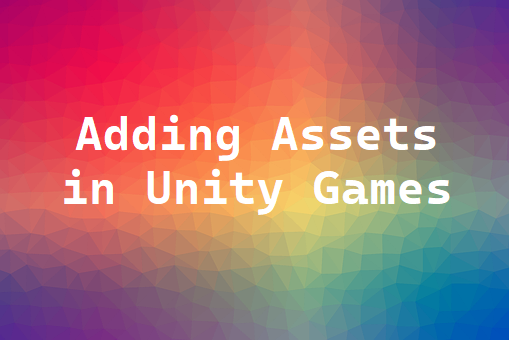A phoneme is the smallest unit of speech sound in English that distinguishes one word from another. Since sounds cannot be written, we use letters to represent or stand for the sounds. A grapheme is the written representation (a letter or cluster of letters) of the phoneme sound.
In total, in English, there are 44 sounds (phonemes), 20 vowel sounds and 24 consonant sounds. In the previous post, we’ve seen 20 vowel sounds. In this post, we shall see the 24 consonant sounds (phonemes).
The breakdown of these 24 consonant phonemes is:
The English alphabet has 21 consonant letters, but some of these letters can represent more than one sound. For example, the letter ‘c’ can be pronounced as /k/ (as in “cat”) or /s/ (as in “city”). Certain consonant sounds are represented by combinations of letters, like ‘ch’ (as in “chair”), ‘sh’ (as in “shoe”), and ‘th’ (as in “thin” or “this”). When you account for all the distinct consonant sounds, including those represented by letter combinations, you get a total of 24 consonant phonemes. Also, ‘x’, ‘q’, and ‘c’ don’t have unique phonemes.
- C-sounds that make a /k/ in crop, crack, creep and
- C-sounds that make an /s/ in central, cent, and cite.
- Q-sounds are also in words that contain the letters ‘kw’ as in walkway, parkway, and awkward.
- X-sounds are also in words with ‘cks’ as in backstop, rocks, and necks
So, 21 consonants minus ‘x’, ‘q’, and ‘c’ is 18 sounds. But, there are also combinations of consonants that lead to unique sounds. These combinations are called digraphs.
Now, coming to consonant digraphs, the combinations of consonants that make unique sounds. You can combine any two consonants and then it can produce a unique sound. Now, there is a bit of subjectivity here. For example, if you combine ‘p’ and ‘h’, ‘ph’, some will say it is a unique sound because you breathe out, whereas some will say it is already covered in the ‘f’ consonant sound as in “fat”.
To settle this debate, there is a body called the International Phonetic Alphabet (IPA). The IPA currently recognizes 6 consonant digraphs. It could add more in the future, but currently it recognizes 6 consonant digraphs are they are:
- ‘ch’ as in “watch” or “child”
- ‘sh’ as in “wish” or “short”
- ‘zh’ as in “treasure” or “genre” ; please note the consonant ‘g’ (counted among 18) will have the sound of “glow” or “go”. This is also an additional sound of consonant ‘g’.
- ‘ng’ as in “ring” or “sting”
- ‘ck’ as in “back”
- ‘ph’ as in “phone”
So, in total, according to IPA the consonant sounds are 24 (18 single and 6 digraphs). Now, you may say there are many digraphs that are present. For example, ‘ss’ as in “chess” or ‘wh’ as in “what” or ‘th’ as in “thing” or “thunder” and many such combinations are possible. In total there could be approximately 75 consonant digraphs and 50 vowel digraphs that are possible. But, there is debate that ‘wr’ as in “wrench” is nothing but the ‘r’ sound whereas somebody will say it is not. So, currently, the recognized sounds are 44 in total – 24 consonant sounds (18 single consonant sounds and 6 digraph sounds) and 20 vowel sounds (12 monophthongs (single vowel sounds) and 8 diphthongs (two vowel sounds)).
The 24 Consonant Phonemes (Sounds) in English are:
The 20 Vowel Phonemes (Sounds) in English are:
Hope this is useful, thank you.
You may like to read: CogAT Verbal Sentence Completion Practice, AEPS 3 for Early Age Children, & Nurturing Curiosity in Children




